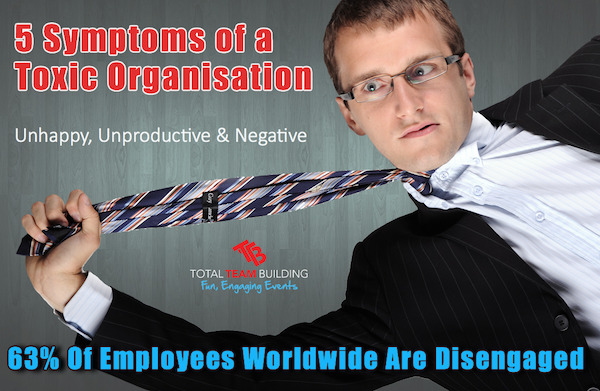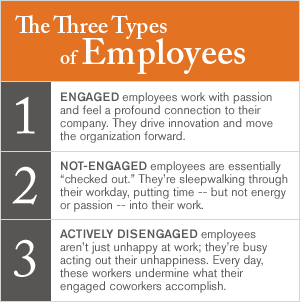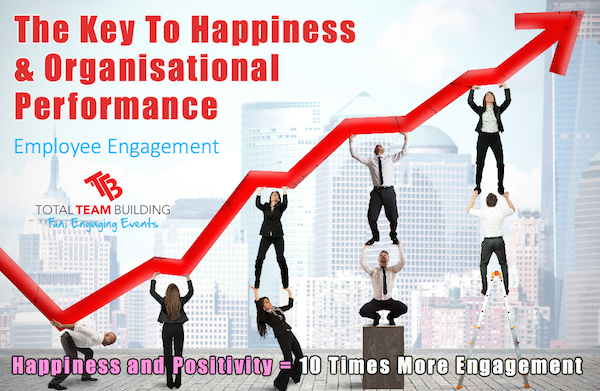4 Signs Of A Healthy Workplace
Whether it’s a company picnic or an adrenaline-fueled trek that has employees zip lining above tree-speckled hills, exciting relationships are established among individuals in an organisation during team building events designed to create cohesion, drive motivation and increase productivity.
Team building brings workers together in a casual, carefree environment and that fosters a feeling of unity and empowerment. It highlights the strengths and talents of employees and allows them to collaborate to successfully accomplish a given task. The ultimate result is a healthy workplace where employees feel bonded, valued and engaged.
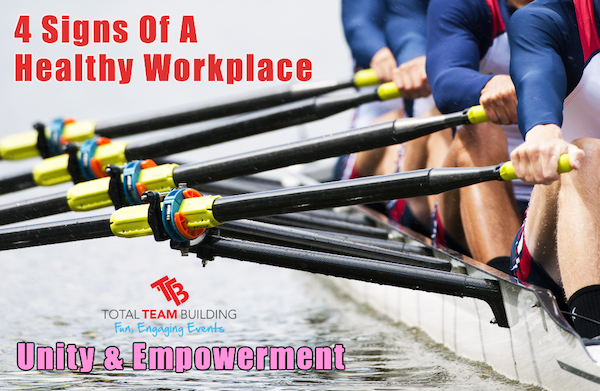
How does team building act as a remedy to an ailing organisation?
1. Happy Environment
Effective, happy teams can be created in any kind of work environment – remote or even call centers.
Tony Hsieh, founder and CEO of online shoe retailer Zappos, branded the company by its family core values that include Create Fun and a Little Weirdness, Build Open and Honest Relationships through Communication and Build a Positive Team and Family Spirit. Team Building is built into the foundation of Zappos and each team is given a monthly budget specifically for team building events that are designed to either build or train teams. The company is celebrated for its “Happiness Culture” and the engaging environment that cultivates innovation, motivation and growth.
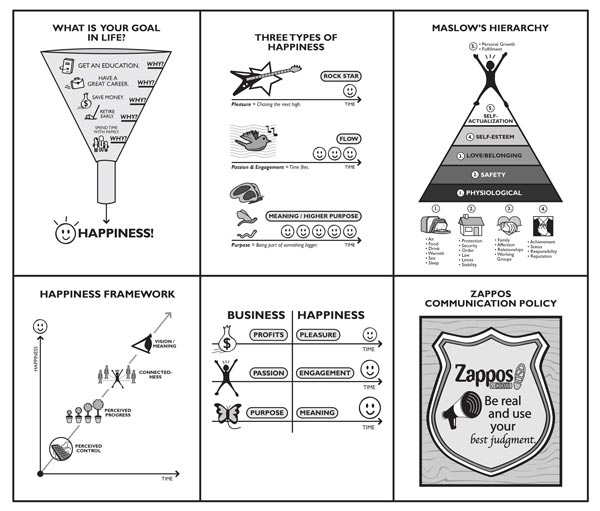
Image courtesy Sunnibrown
2. High Employee Retention
An individual’s emotional commitment and involvement is a key indicator in measuring the health of an organization.
Employees want to be part of an organization that inspires innovation, supports career growth and rewards/recognizes their contributions. Culture, value, effective leadership and organizational structure – are all attractive elements to top talent.

3. Increased Communication
High-performing teams are all about effective communication. It is the leaders role to create a framework for open communication, across all levels of the organization, including with remote workers. Interactive, action-oriented team building allows members to communicate on a different level and boosts conversation.
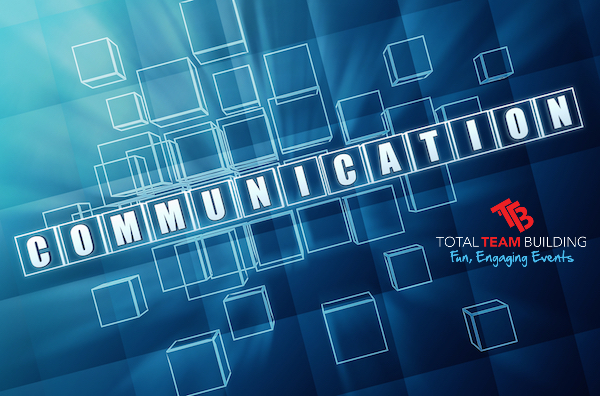
4. High Levels of Engagement
A Gallup report on employee engagement says: “An engaged employee works with passion and feels a profound connection to their company. They drive innovation and move the organization forward.” Simply put, they are psychologically committed to their jobs.
Employee engagement should be a top priority. These employees fully understand how their values align with the interests of a company.
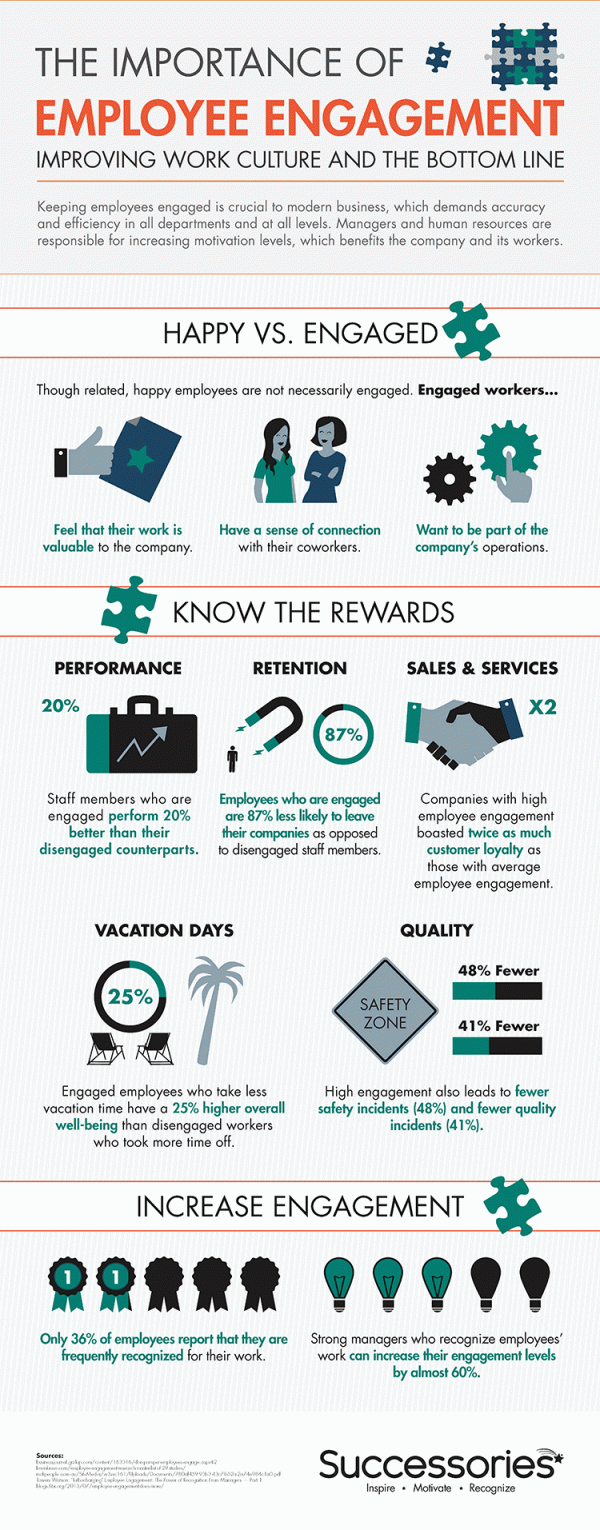

infographic via Successories
There is nothing greater than an organisation with a culture that inspires its workers. Team members are emotionally invested in the company and enjoy being at work, and around co-workers. Team Building further strengthens cohesiveness and creates bonds among employees who are constantly in pursuit of continued organisational improvement. Give Total Team Building a call today and discuss ways we can help you.
SOURCES:
Gallup, Engaged Employees: http://www.gallup.com/poll/165269/worldwide-employees-engaged-work.aspx

